Oppo R11s
★★☆☆☆ — An iPhone in the least meaningful way
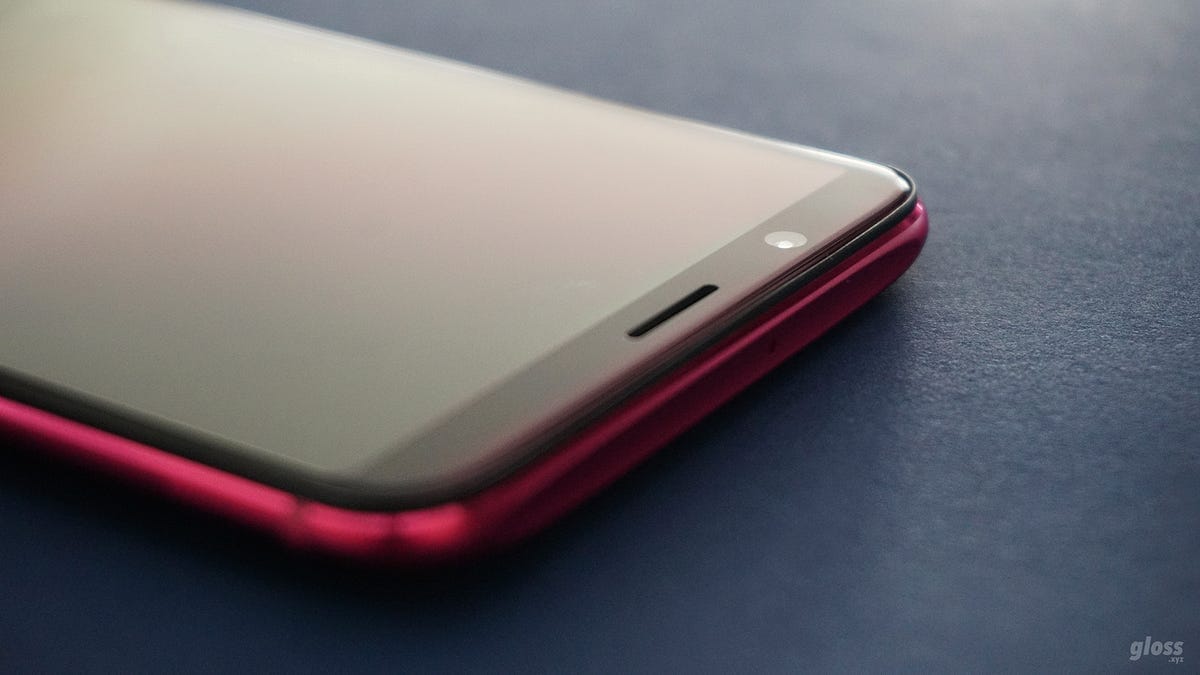
If you’ve been thinking about downgrading from Apple’s rather buggy iOS 11 release to a more familiar shade of iOS 10, the Oppo R11s is for you. Not because it runs iOS, no of course not. But because it just looks like iOS 10.
It’s kind of incredible, really, how far Oppo goes to mimic Apple’s software design and it gets to a point where it is hardly an act of laziness, but rather a malicious attempt to confuse consumers.

But the problem extends beyond just visual similarities. Rather than thinking logically about the reasons why Apple designed iOS in such a way or why Android is designed in a different way, Oppo just tends to copy aspects of iOS for the hell of it. The company lacks any form of design instinct, leading to a device that feels more confused than its average user.
Take the iOS notifications system as an example. It’s simple, but lacks a lot of the functionality of Android’s stock notifications panel.
But rather than just making the notification panel look like iOS, Oppo intentionally chops and screws the style and the end result feels like a Frankenstein of the worst parts iOS and Android. It’s senseless.
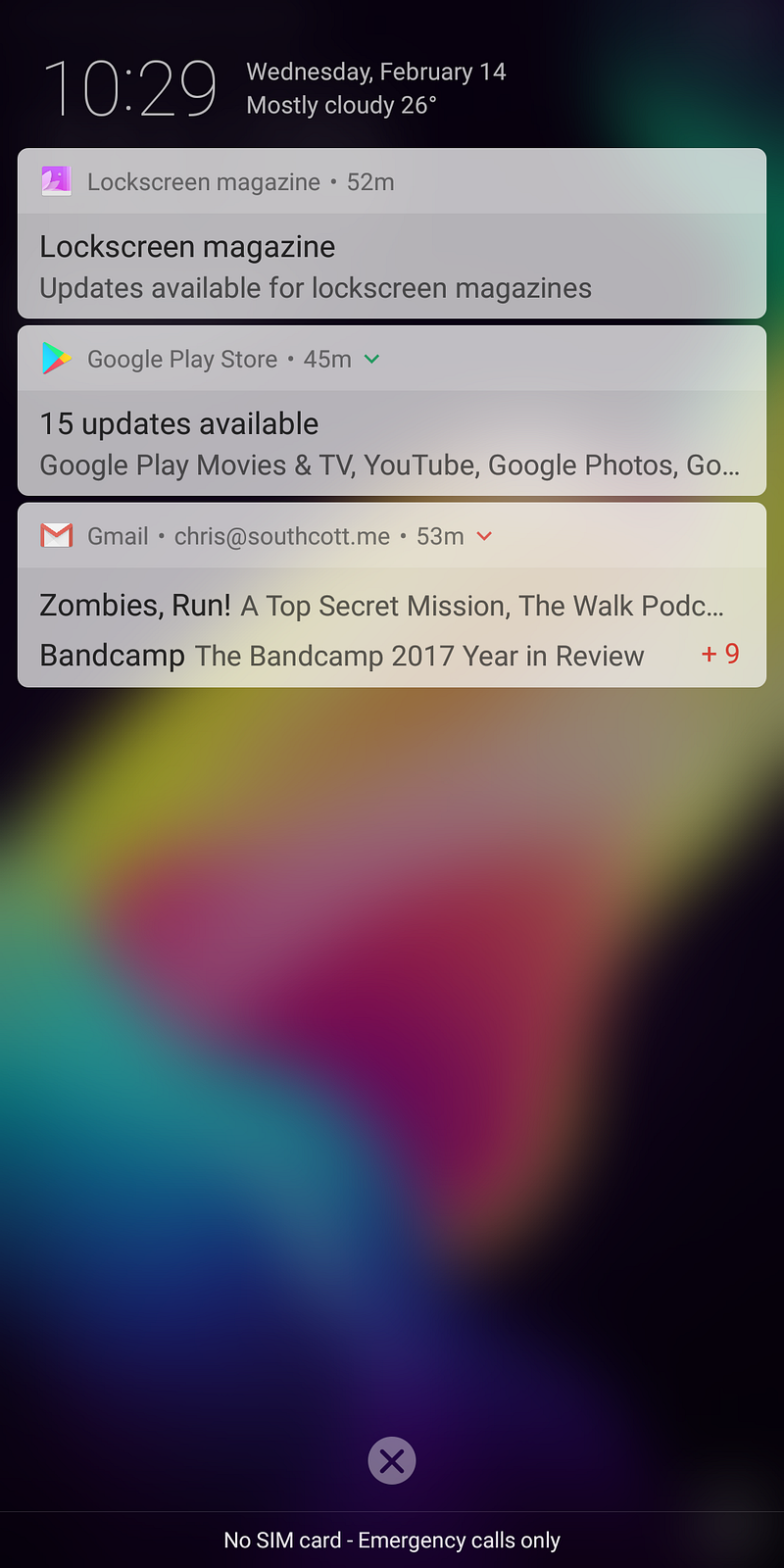
Other changes are just sad. A control center knock-off flicks up from the bottom of the screen, with a one-for-one sampling of iOS icons and the same frosted-glass aesthetic.
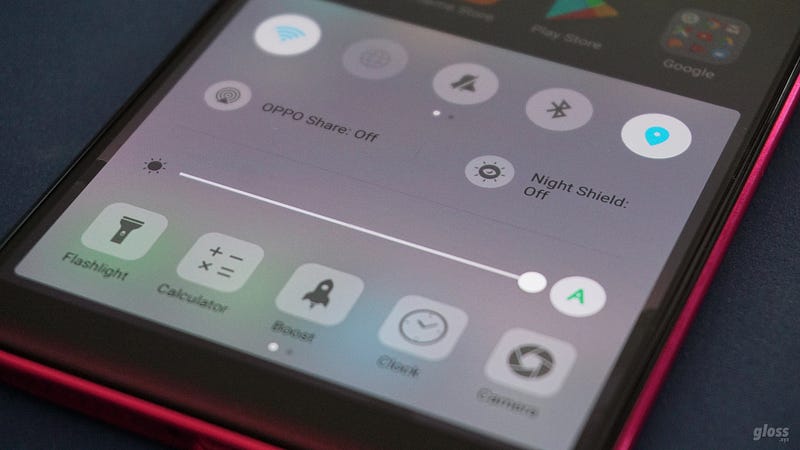
Similarly, the Oppo weather app just looks like Apple’s. But at least it tells you the weather.
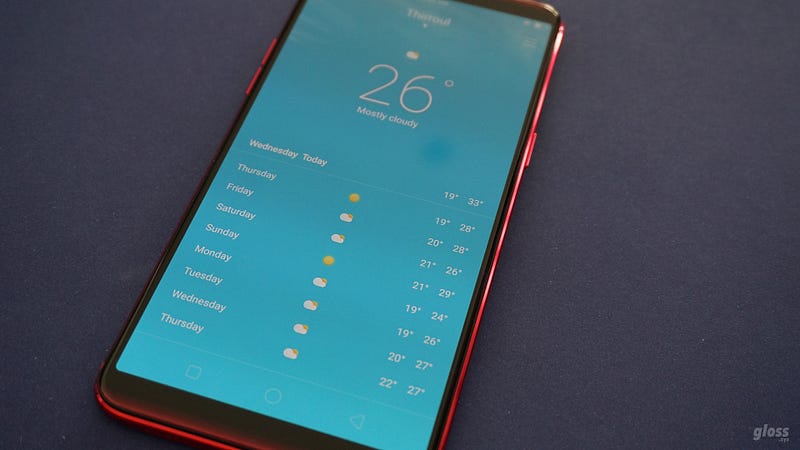
It also doesn’t take a genius to know where Oppo got the inspiration for its Phone and Messages app icons from.

The only positive change made by Oppo is the removal of the app drawer, meaning the home screen is your simple, one-stop shop for installed apps. Or you can hide all of your least-favourite apps in a folder, which looks familiar.
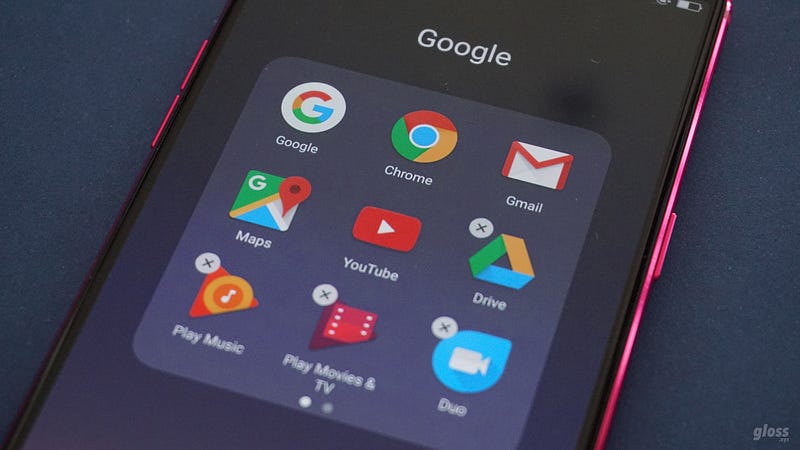
Below the surface it’s clear that Oppo’s changes are just a facade, with weird messages and even weirder inconsistencies. The icons may look the same, but when you start opening proper Android apps the phone just starts to feel confusing. Where does Android end and Oppo-design begin?

What’s strange is that Oppo’s hardware feels pretty unique. It’s less rounded than an iPhone, with a sharper feel to the casing and screen. While an iPhone feels like it’s screen is sculpted to fit inside that rounded design, the Oppo’s screen feels like it sits almost on top of this shell, with a nice grippy edge.

The budget angle of this phone is, as usual, the most compelling. The Oppo R11s ends up costing AU$420 less outright than the iPhone 8. But until Oppo either decides to offer a stock Android option, or just starts to give a damn about its own software, for me at least, the $420 difference between this phone and the iPhone just isn’t big enough.



